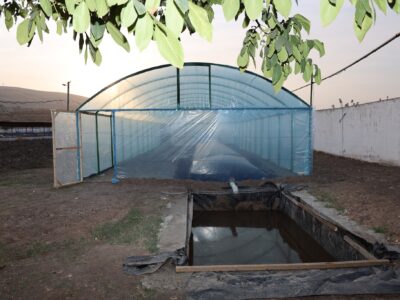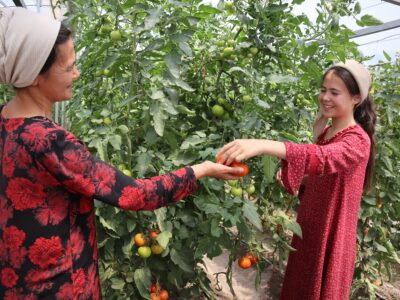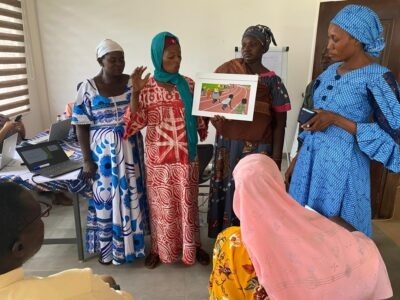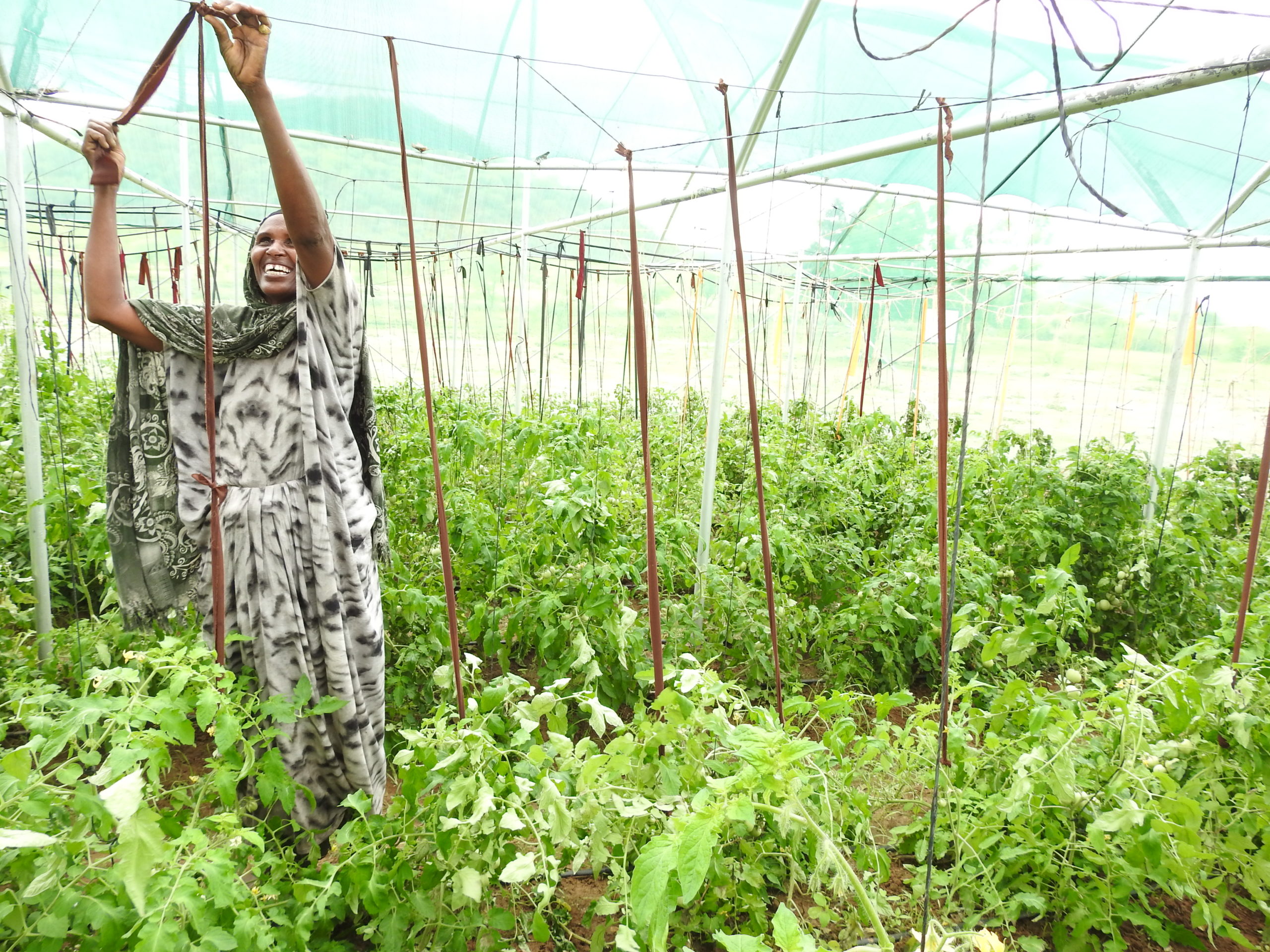
The rains have failed for five seasons in many of Northern Kenya’s arid and semi-arid areas. The Adadijole Women’s Group in Wajir County came together to farm, sell their produce, and earn a living for their families, but the unprecedented drought suppressed their plans. The group had subdivided their 2.8-acre land into 18 20-by-30-meter plots, enabling each member to till a section of land that is partly clay and partly loamy for cultivation. However, they needed water and favorable planting conditions.
In 2021, the Feed the Future Kenya Livestock Market Systems Activity (LMS), funded by USAID, worked closely with the county government and a local group known as the Bute Ward Planning Committee to revive the hopes of the farmers through investment. Given the hot temperatures in Wajir County, which can reach as high as 36 degrees Celsius, the group required an adaptable environment to grow their crops. LMS supported the group to invest in twin greenhouses. This way, the group controlled the plants’ exposure of temperature and humidity throughout the year.
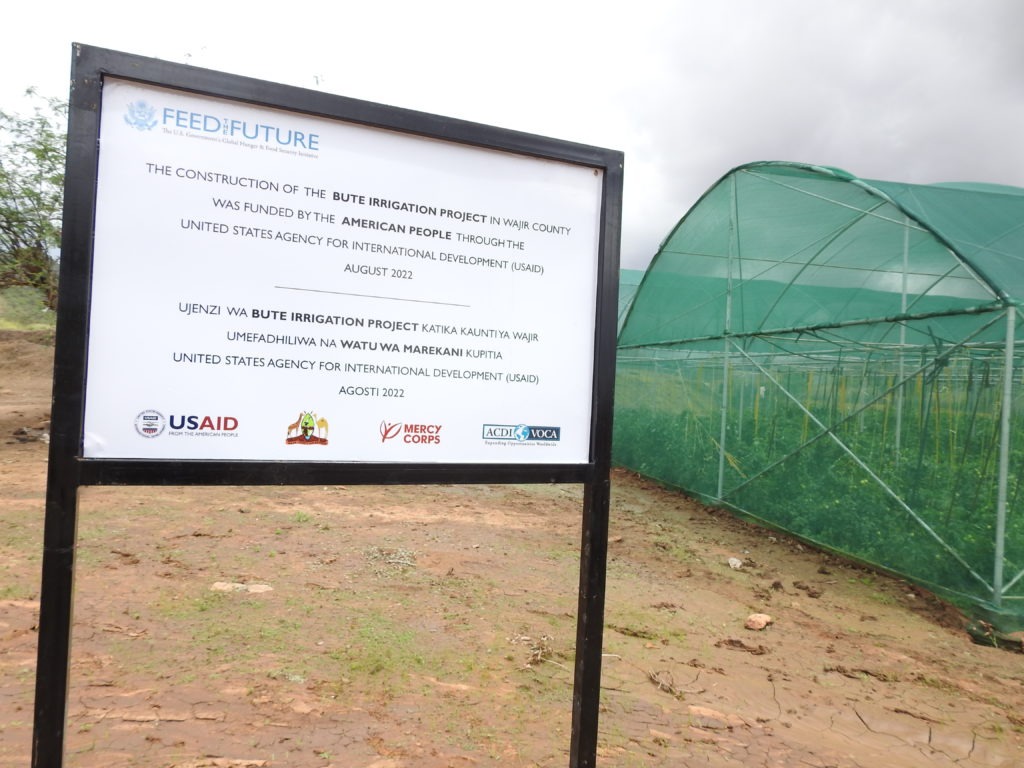
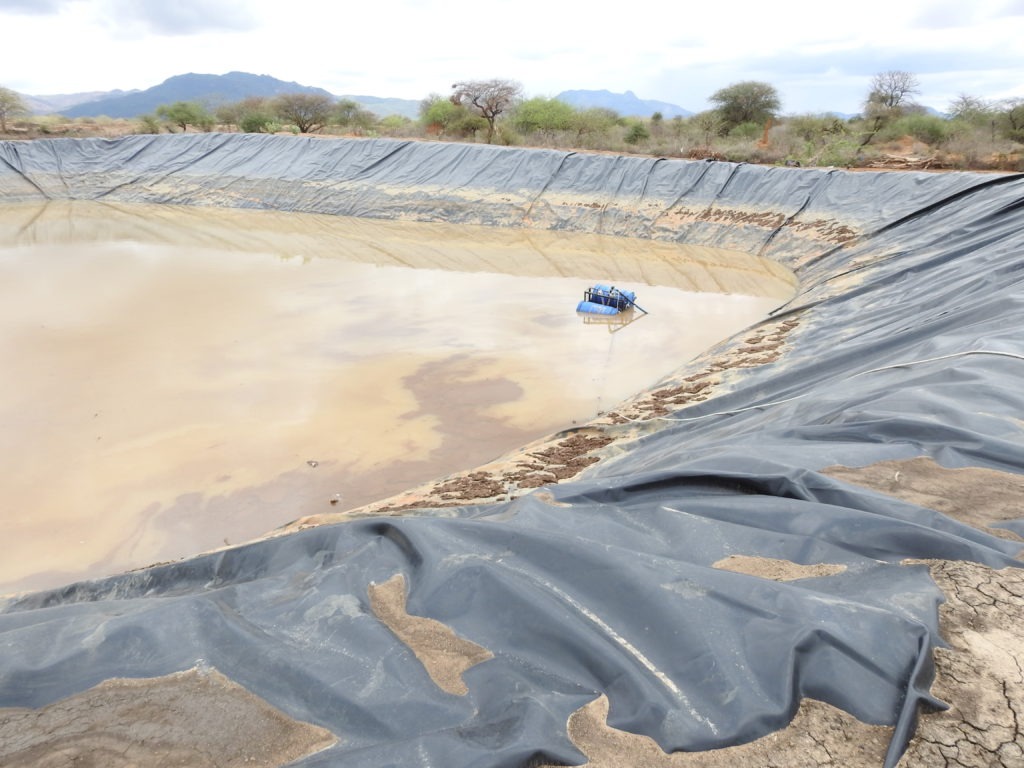
LMS also desilted a nearby water pan, removing the accumulated soil particles and increasing its volume. LMS then connected the water pan to a 10,000-liter water tank using pipes and a solar-powered pumping system. LMS further lined the water pan to eliminate the chances of water seepage. As a result, the group could draw water from two water pans – the desilted one and another one owned by the community. Lastly, using water from the tank, LMS established a modern drip irrigation system covering the entire farm, including the greenhouse and open fields.
The results were outstanding. The division of the open field farm into plots enabled the group to plant diverse crops, such as tomatoes, onions, carrots, indigenous vegetables, and watermelons. Because they could plant these crops during different seasons, they improved disease management through crop rotation. Access to two water pans provided the group with options for drawing water throughout the year. With a solar-powered system, the operating and maintenance costs became minimal, giving the group a financial advantage and allowing them to divert revenue to expand the system. In December 2022, the group made its first harvest worth $300 since the installation of the greenhouse. They sold the product to retailers in the nearby Bute and Adadijole towns. The group plans to install fences to deter wild animals from destroying their crops and to increase water storage capacity.
Learn more about our Kenya LMS Activity here
Learn more about our work in Kenya here

